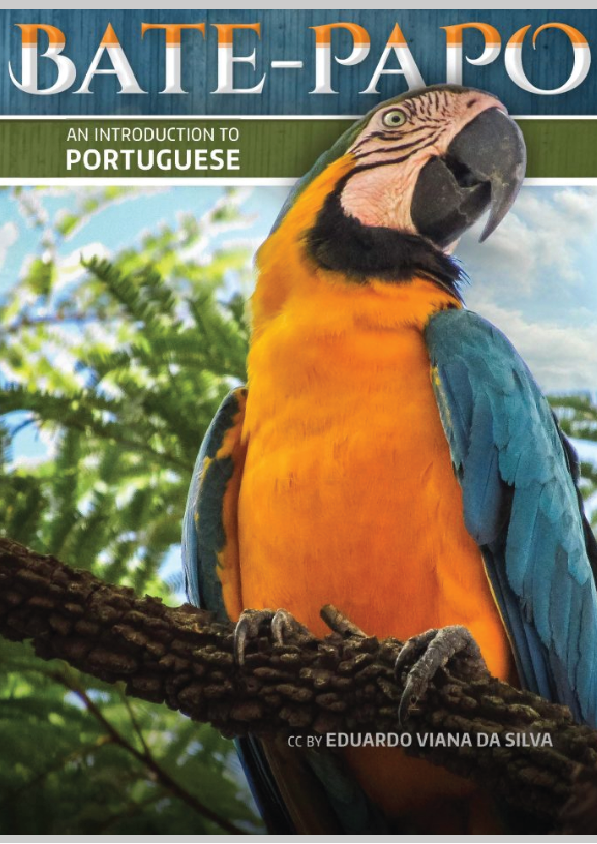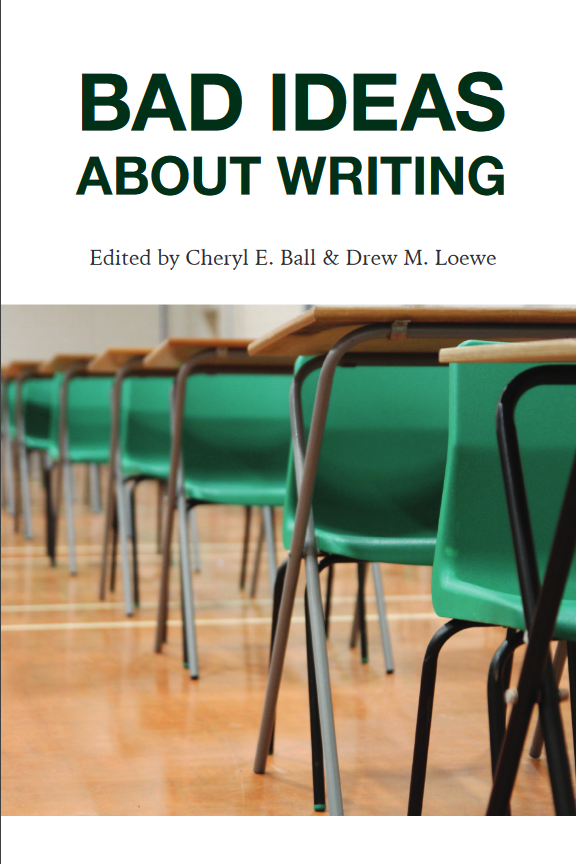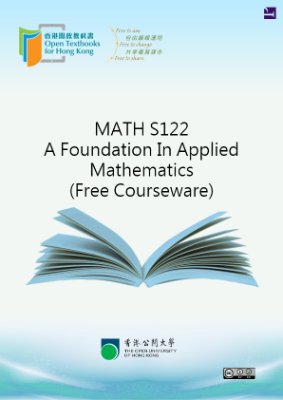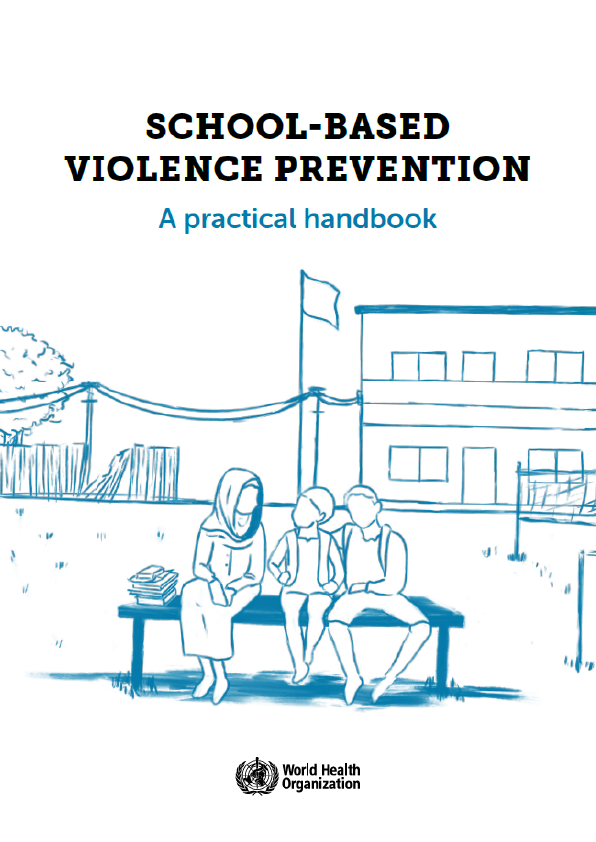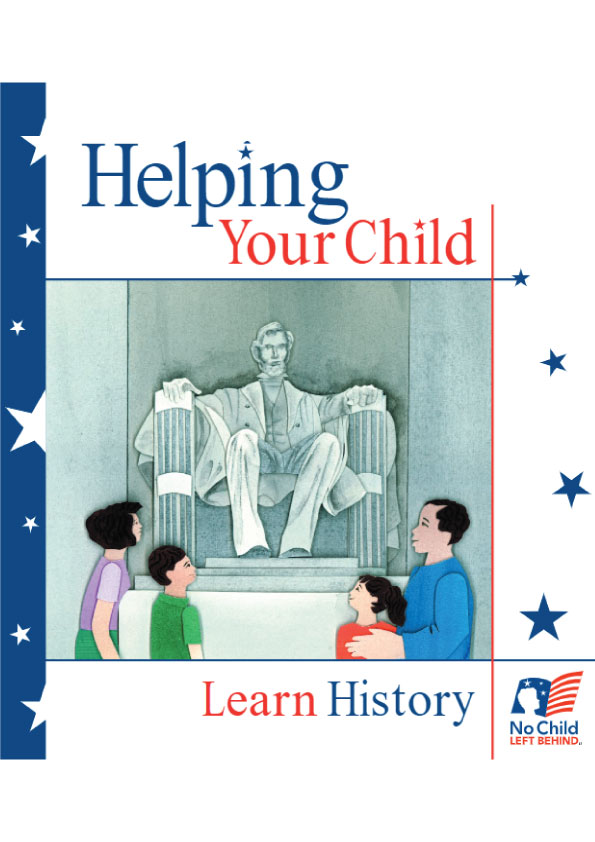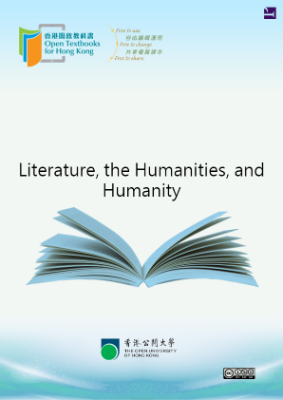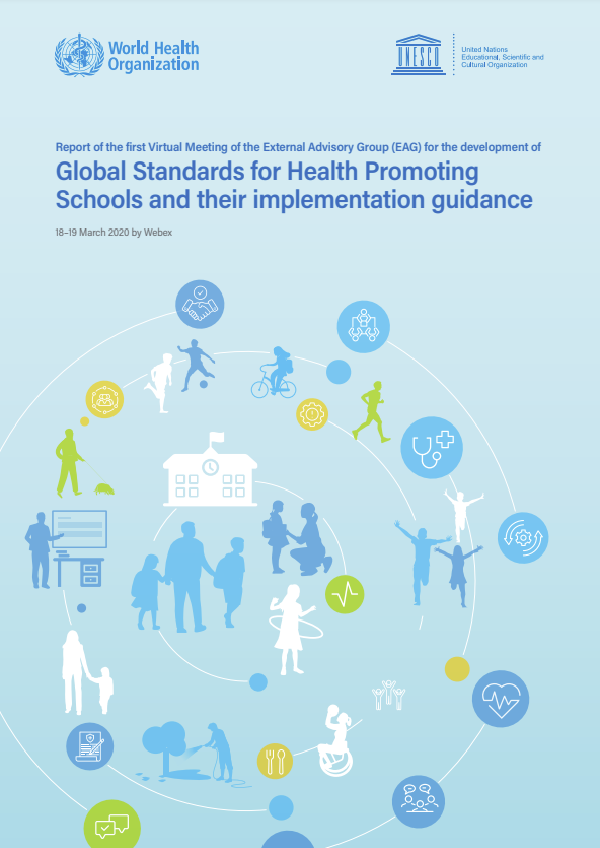This book was developed having in mind university students who speak English as their first language. We also took into consideration speakers of Spanish by highlighting This book was developed having in mind university students who speak English as their first language. We also took into consideration speakers of Spanish by highlighting some key similarities and differences between the two languages. Although this material was developed for university students, we hope that most of its content is also applicable to high school students, adolescents, and adults learning Portuguese, including immigrants in Brazil. The main focus of this edition is on Brazilian Portuguese. Occasionally, we highlight main differences between Brazilian Portuguese, Portuguese spoken in Africa and Asia, and European Portuguese.
This e-book emphasizes meaningful communicative activities for a classroom setting, focusing on everyday language in Brazilian Portuguese. Some of the book content derived from unrehearsed conversations following a prompt (greeting each other, for example) . Bate-Papo focuses on interactive activities, for a grammar reference, we linked parts of the text to the open e-book Português para Principiantes, hosted by PressBooks at the University of Wisconsin, Madison. We also incorporated pod-casts from another open education resource, Língua da Gente, developed by Orlando Kelm from the University of Texas, at Austin. Bate-Papo has been developed with the collaboration of volunteers and has been written with the goal of facilitating the teaching of Portuguese without the cost of traditional textbooks.
All units in this textbook are divided in Part A and Part B. Part A of each unit is an introduction to the new content and to the main language functions in context. Part B is an expansion of the material presented previously by revising some of the vocabulary and tasks already presented and introducing new vocabulary and new language functions.
UNIDADE 1 – PARTE A APRESENTAÇÕES
By the end of this lesson, you will be able to:
- Greet people
- Introduce yourself in Portuguese.
- Say the alphabet in Portuguese.
- List the days of the week and the months.
- Say where you are from and where you live.
UNIDADE 1 – PARTE B O DIA A DIA
By the end of this lesson, you will be able to:
- Say and ask the time in Portuguese.
- List the days of the week.
- List some daily activities.
- List some leisure activities.
- Answer some simple questions about your daily routines.
- Answer some simple questions about your leisure activities.
UNIDADE 2 – PARTE A DESCRIÇÕES
By the end of this lesson, you will be able to:
- List basic colors.
- Describe physical appearances and personalities.
- List some daily and leisure activities.
- Ask simple questions about daily routines.
- List modes of transportation.
- List the months.
- Propose simple plans for the weekends/future months.
